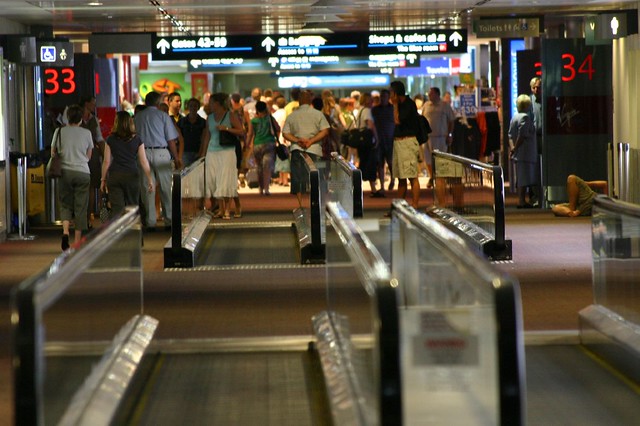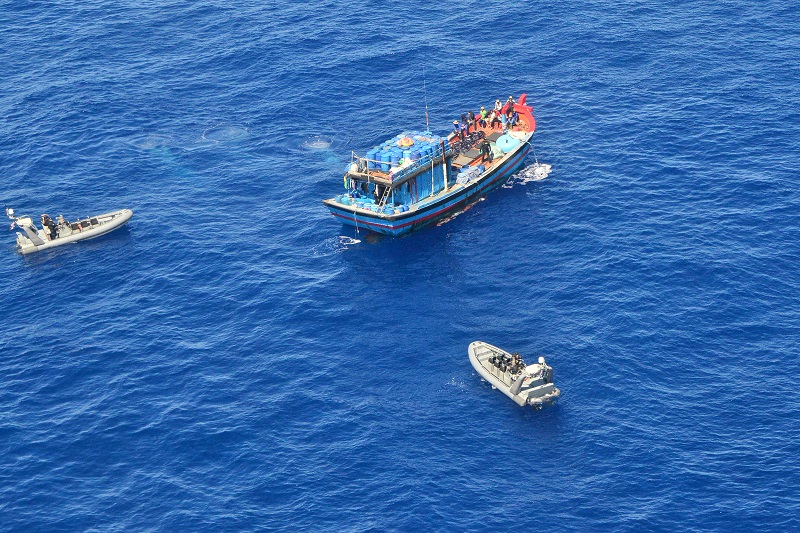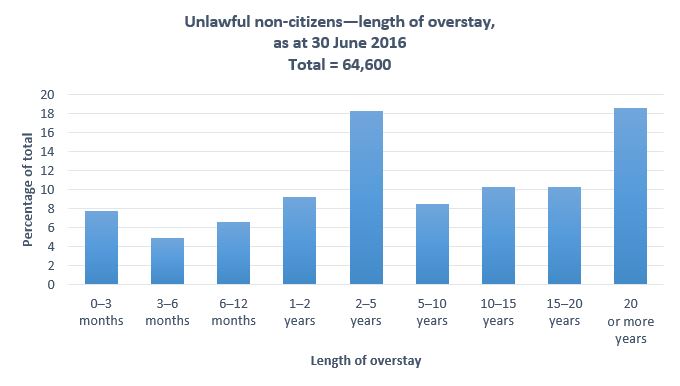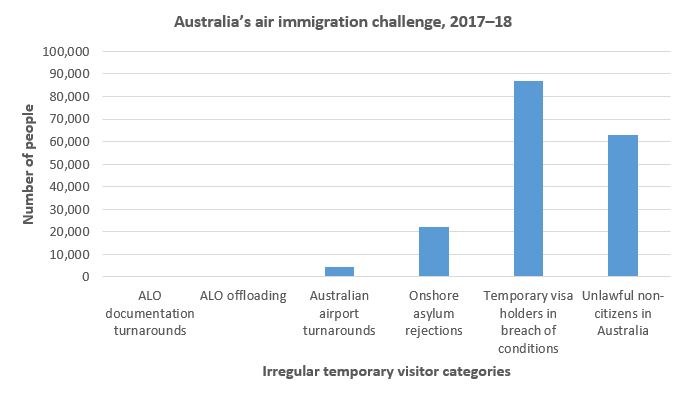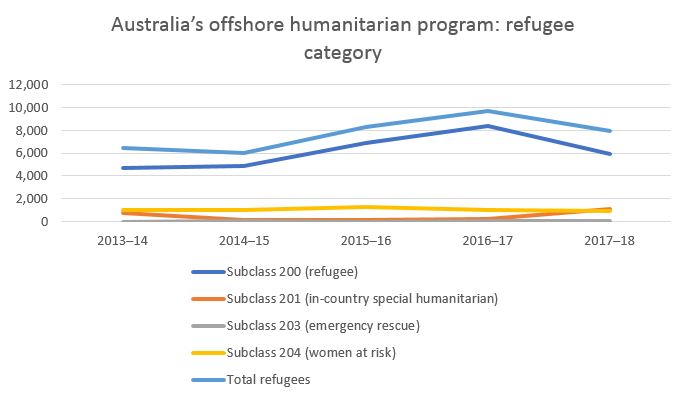Danger of scope creep in proposal to expand intelligence powers

While Australians are often hawkish about community safety and border security, they’re far less accepting of their security agencies being given new domestic surveillance powers without government making a strong case for their use. You need only look to the public reaction to Annika Smethurst’s 2018 report in the Daily Telegraph that Home Affairs and the Australian Signals Directorate were ‘discussing radical new espionage powers that would see Australia’s cyber spy agency monitor Australian citizens for the first time’ for evidence of this.
As public trust in politicians and democracy continues to decline, the government is well aware that the old ‘trust us’ plea for more powers doesn’t work.
Perhaps this is why last week Home Affairs Minister Peter Dutton argued that because of the threat of child exploitation it’s now time for a public debate on our law enforcement agencies’ use of ASD’s electronic surveillance powers.
ASD maintains a range of cutting-edge capabilities focused on the collection, decryption and exploitation of foreign signals intelligence, including in the cyber domain. However, these powers cannot, for the most part, be used domestically.
The day that Dutton called for this new debate, the heads of three of the Commonwealth’s most powerful law enforcement agencies—the Australian Federal Police, AUSTRAC and the Australian Criminal Intelligence Commission—delivered a joint speech on the issue at the National Press Club.
Collectively, our top law enforcement officers discussed the challenges of dealing with an increasing number of investigations involving child exploitation material and the abuse of children. They made a case for using ASD’s cyber capabilities domestically by revealing the challenges associated with the global nature of child exploitation networks, increasingly younger victims, the growing technical complexity of these groups’ activities and the legislative difference in access to ASD assistance for foreign and domestic offenders.
Dutton wants the AFP to be able to access and search bulk datasets in the same manner that AUSTRAC can examine financial transaction data. Yet law enforcement doesn’t have many of the necessary technical capabilities, especially given the widespread use of encrypted apps.
To solve this problem, he’s suggesting that the AFP should be able to access ASD capabilities to support the identification, investigation, arrest and prosecution of child exploitation networks in, or with connections to, Australia.
However, legislation prevents ASD from using its powers to collect information and intelligence on systems based in or linked with Australia. So, the government is proposing a public debate on legislative change to allow law enforcement access to ASD capabilities to save children from exploitation.
Dutton makes the point that ‘at the moment, if there is a server in Sydney that has images of a five- or six-month-old child being sexually exploited and tortured, then that may not be discoverable, particularly if it’s encrypted and protected to a point where the AFP or the ACIC can’t gain access to that server’.
Dutton is driven by an admirable philosophy that police should be given every power possible to relentlessly pursue paedophiles. And he challenges the electorate to consider ‘whether we think it’s acceptable for our society to tolerate the presence of these criminal networks right next door to us’.
No one can disagree with the power of this argument, or the implications of any failure to act. However, changes to Australia’s national security arrangements need to be underpinned by a nuanced policy discourse that seeks to reinforce open government and good governance, not impassioned arguments.
Although the government is only talking about using ASD capabilities to deal with paedophiles, there are already murmurs of their need in organised crime, terrorism and bikie gang investigations.
Everyone wants to save children from exploitation, but there must still be space in the public discourse to consider the unintended consequences of such a proposal, including the possibility of scope creep.
Unfortunately, Dutton’s use of such disturbing and personalised examples limits the opportunities for the kind of public debate that’s needed to make sound fundamental changes to our intelligence legislation.
Any public debate on the issue needs to give greater recognition to the fact that Australia’s intelligence arrangements are the result of both open government and good governance. They’re the outcome of two royal commissions, and two further independent reviews in 2004 and 2011.
Australia’s increasingly contested and uncertain strategic environment is without doubt creating an unquenchable thirst for intelligence. Similarly, the threats to Australia from terrorism, espionage and foreign interference continue to grow to historic highs—which again draw heavily on finite intelligence resources.
The Australian intelligence community’s services are in high demand, and perhaps already oversubscribed. ASD, like all our intelligence agencies, faces an almost unprecedented demand for its services. Any unfunded role changes will result in very real impacts somewhere along the line.
This is not to say that the full powers available to the Australian government shouldn’t be brought to bear to save children from exploitation. Rather, the debate requires its participants to step above the emotive nature of the issues at hand. And, in doing so, it’s important to acknowledge that rapid legislative change to Australia’s intelligence arrangements should be avoided.
If a debate is to occur, government needs to provide specific details on exactly what it’s proposing, and how it will ensure accountability for these new powers.
And, at the very least, this debate should be informed by former Defence secretary Dennis Richardson’s unclassified report on his comprehensive review of the legal framework governing the national intelligence community, which is due for public release this year.

